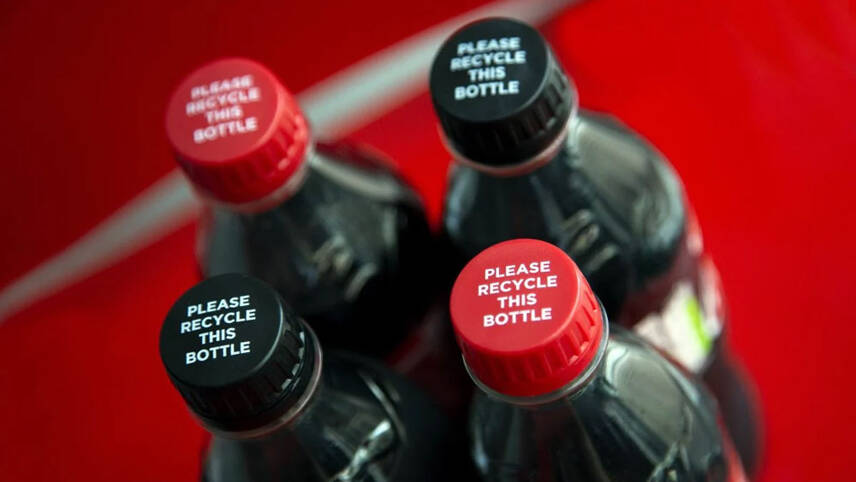Register for free and continue reading
Join our growing army of changemakers and get unlimited access to our premium content

Image: CCEP
The soft drinks bottler has allocated an undisclosed sum to researchers at Swansea University working to produce ethylene using captured carbon rather than fossil-based feedstocks.
Ethylene is a key component in many kinds of plastics, including high-density polyethylene (HDPE), which Coca-Cola bottle caps are made from.
CCEP will support Swansea’s academics and their project partners for a three-year period. The research will initially focus on developing an efficient CO2-to-ethylene conversion process. Then, attention will be turned to how best to scale this process.
The process will use no fossil fuels, instead relying on electrochemical processes.
Once the ethylene is produced from the captured carbon, it will be converted into HDPE using established industrial processes.
Funding from CCEP for the project, dubbed ‘Airtops’, is being provided through the firm’s innovation investment function, CCEP Ventures.
Through this funding pathway, the business has already supported the University of California, Berkley, with a project developing scalable methods of converting captured CO2 into a sugar replacement. This is intended to mitigate the water and carbon footprint of traditional sugar supply chains.
The new investment forms part of the Coca-Cola Company’s ambition to end the use of virgin fossil-based plastics in packaging by 2030. It is mainly investing in recycled plastics to meet this goal.
The head of CCEP ventures, Craig Twyford, said: “We’re incredibly excited about the potential of this research…If scaled, this technology could impact both our fossil fuel use and carbon emissions and help to accelerate a low-carbon future for CCEP.”
CCEP is notably aiming for net-zero emissions across its value chain by 2040.
Captured carbon hype
Several businesses are investing in captured carbon for use in products and packaging. Danone, for example, invested in a similar R&D project to use ‘upcycled’ carbon in plastic packaging two years ago.
Away from packaging, some product innovations seem standalone and somewhat gimmicky, such as limited edition dresses launched by Zara for its winter party line last year.
Others are posited as necessary solutions for everyday products that rely on fossil fuel feedstocks. Unilever, for example, is aiming to replace all virgin fossil-derived carbon in its laundry and cleaning products with captured, natural and recycled alternatives by 2030.
The Intergovernmental Panel on Climate Change and UK Government’s Climate Change Committee have stated that man-made carbon capture, usage and storage (CCUS) technologies are necessary on the road to net-zero. Some hard-to-abate industries simply will not reach net-zero without the ‘net’.
But the consensus is that CCUS cannot be used as a substitute for emissions reductions – especially given how slow the sector has been to grow and mature.
Globally, the collective capacity of all operational CCS and CCU plants is estimated to be 38.5 million metric tonnes. These arrays are addressing less than one-thousandth of global emissions annually, which now exceed 50 billion tonnes.


Please login or Register to leave a comment.